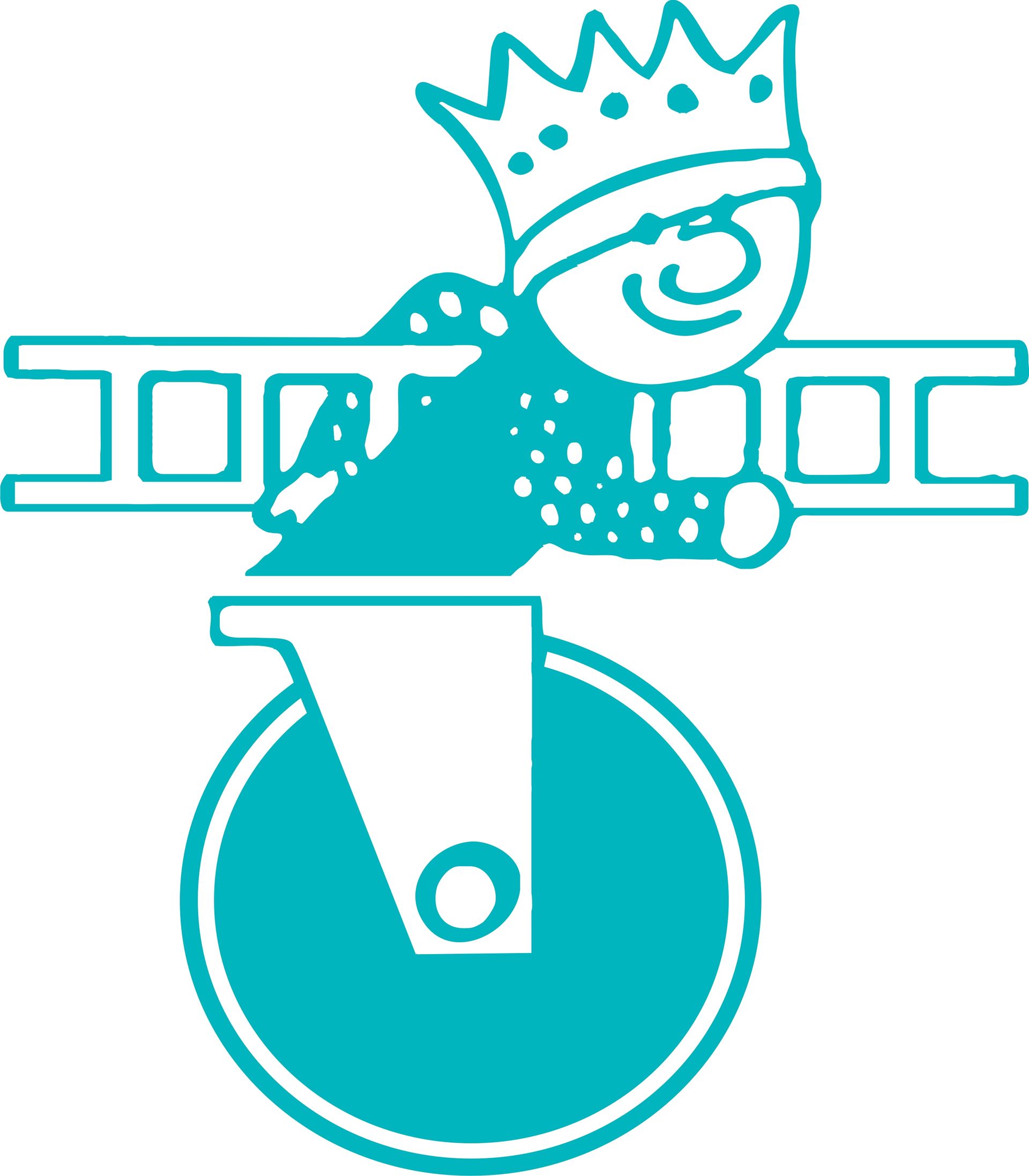CALL 021 762 8610
The Different Types of Castors

Portability is one of the most overlooked , yet essential aspects of any modern-day workplace. From cordless tools and equipment to conveyor systems and trucks, being able to transport different things between different areas of your workplace is invaluable.
This ability saves you time and money while contributing towards workplace safety. One of the best ways to achieve this mobility is by using quality castors . In this blog, we’re going to take a quick look at what castors are, as well as 4 different kinds of castors available to you on the market – let’s roll!
What are castor wheels?
Basically, a castor is a small-to-medium wheel that is installed on an object, such as a box or cart, to rant that object easier mobility. Castors are separated into two categories: swivel and rigid.
Swivel castors are designed to be able to rotate 360 degrees, making it ideal for moving heavy loads in warehouses and other material-handling tasks. On the other hand, rigid castors can’t rotate, they can only move forward and backward.
Because rigid castors don’t have maximum mobility, they’re typically used for medical equipment, institutional equipment and other carts that don’t need to be moved around a lot.
4 different types of castors:
Stem Castors
These are an assembly with a wheel (or several) wheels mounted onto a fork and feature a stem that is used for attaching the assembly to the bottom of an object. The stem is what sets this type of castor aside from its counterparts.
Stem castors provide mobility to otherwise stationary items and are typically made with polyurethane, as well as soft rubber castor wheels which cannot scratch or dent floors.
Plate Castors
These types of castors contain a wheel/compound wheel and feature a plate on top for easy mounting. These castors have the power to hold more weight than stem mount castors. As a result, plate castors are best used in material-handling applications to transport different kinds of loads.
Levelling Castors
These castors are designed for convenient moving of objects, as well as for level setting machines. They can be used for several applications and can be attached to chairs, vacuum cleaners, and repair carts; what sets them apart is their easy mounting and demounting which allows for your object to instantly become stationary again.
Pneumatic and Solid Rubber Castors
Last but not least, these castors are made from materials that allow for low-speed mobility and are best used when transporting fragile and delicate cargo. These types of castors are designed to protect fragile items by providing a cushioned, shock-absorbing ride.
Castors with pneumatic wheels are usually the ideal choice for outdoor applications over rough surfaces like gravel and grass.
If you’d like to learn more about castors and their near limitless applications, please don’t hesitate to get in touch with us today – we look forward to hearing from you!
More recent posts


